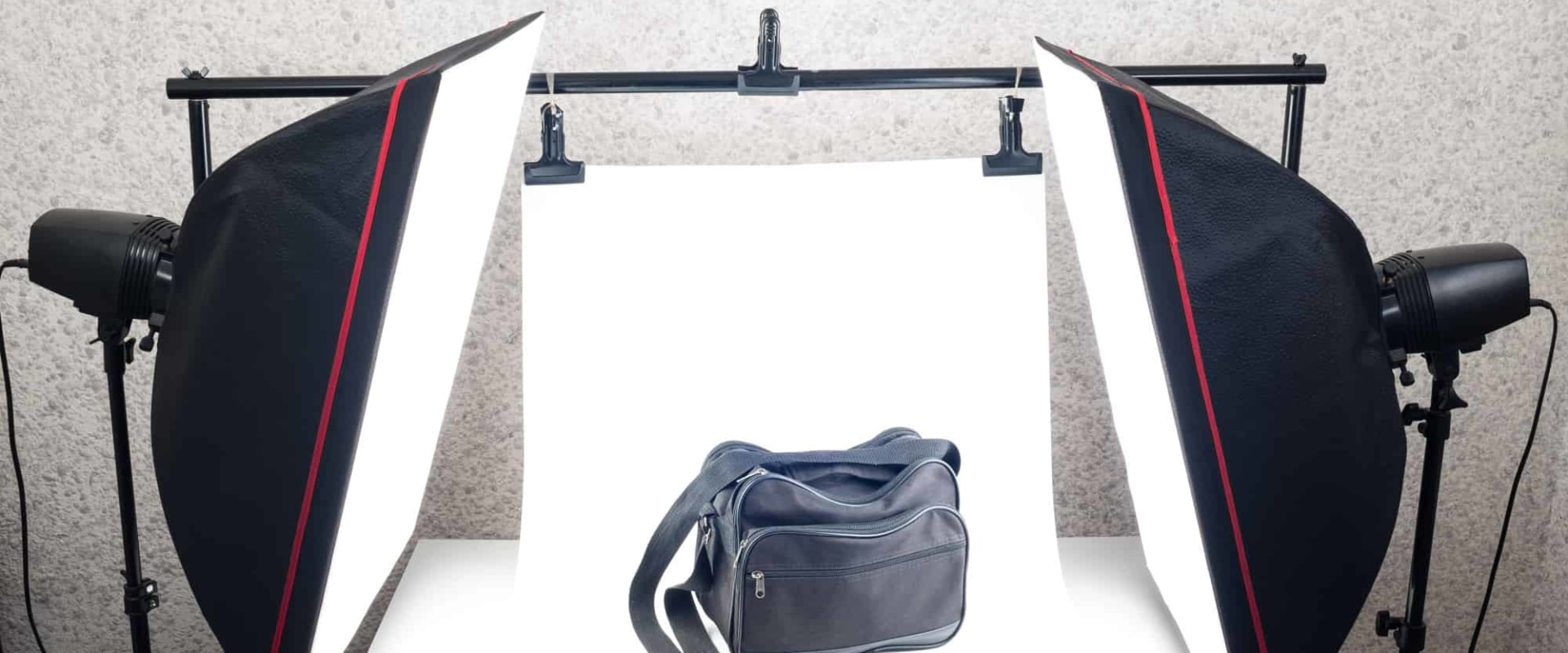If you're interested in becoming a product photographer, one of the first things you should consider is the amount of training you need. We have determined that 71.0% of product photographers have a degree. In terms of higher education levels, we found that 2.6% of product photographers have master's degrees. Although most product photographers have a college degree, it's only possible to become one with a high school degree or GED.
The requirements you need to become a product photographer include photography skills, a strong portfolio, and a relevant degree or experience. You may want to earn an associate degree or a bachelor's degree in photography, graphic arts, or advertising. Regardless of your university degree, you should compile a portfolio, preferably online, to provide to potential employers or clients. You can work on this portfolio as part of your studies or independently.
Some photographers start their careers as photo assistants and create their portfolios with the guidance of working photographers. It's common for freelance product photographers to own their own photographic equipment. To start earning money with your photographs, you must have a website to showcase your work. If you think your product photography is top-notch, you can apply to a premium securities agency like Offset, Shutterstock's premium division.
In addition to a camera and a tripod, the rest of the equipment you need to photograph products is minimal and doesn't cost much. The first step in starting a product photography business is to create an excellent portfolio of photos that you can use to promote your skills. The job responsibilities of a product photographer revolve around taking photographs of products for use in advertisements, promotions, and other marketing materials.







